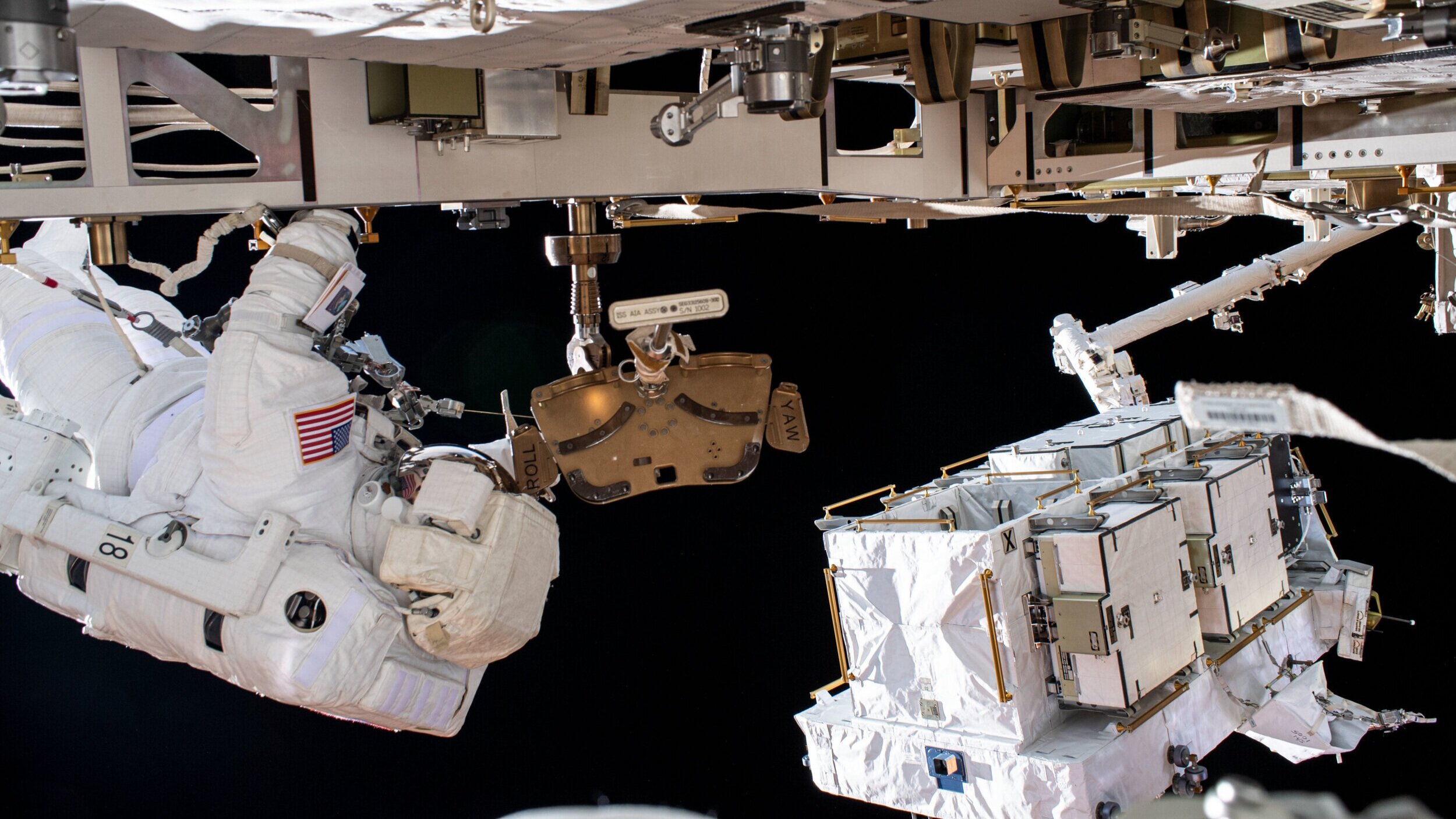Astronauts complete 2 battery-replacement spacewalks
/One of the main reasons the Demo-2 crew — NASA’s Doug Hurley and Bob Behnken — is staying aboard the International Space Station for so long is so they can help the Expedition 63 crew, commanded by NASA astronaut Chris Cassidy, with various tasks aboard the outpost, including the final test of battery upgrades on the external truss.
Between four and six spacewalks were planned to replace the aging nickel-hydrogen batteries on the S6 truss segment with new lithium-ion batteries. Twelve old units will be replaced with six fresh batteries, which were brought to the ISS aboard the Japanese Kounotori 9 cargo ship in May 2020.
The first two spacewalks occurred on June 26 and July 1 and involved Cassidy and Behnken. They replaced batteries on the 1B power channel.
The next two spacewalks are expected to involve the 3B channel on the other side of the S6 truss. These are tentatively planned for July 16 and 21.
Each power channel has six pairs of nickel-hydrogen batteries. However, only one lithium-ion unit is needed for each pair, and because each of those pairs are in a series circuit, an adapter plate is needed.
These adapter plates also double as temporary storage locations for nickel-hydrogen batteries that won't fit on an external pallet for eventual disposal. Those only hold nine.
In addition to the battery replacements, which Cassidy and Behnken performed at break-neck speed (each spacewalk saw the duo more than an hour ahead of the expected timeline), the two spacewalkers also performed several get-ahead tasks, including loosening the bolts on the next set of batteries to be replaced later in July.
In total, U.S. EVA-65 on June 26 lasted six hours, seven minutes. U.S. EVA-66 on July 1 lasted six hours, 1 minute.
According to NASA, space station crew members have performed 229 spacewalks to support ISS assembly and maintenance since 1998. The total time spent outside comes to 60 days and 34 minutes.
You can read more about the two spacewalks in this fantastic article by Pete Harding of NASASpaceflight.com.




